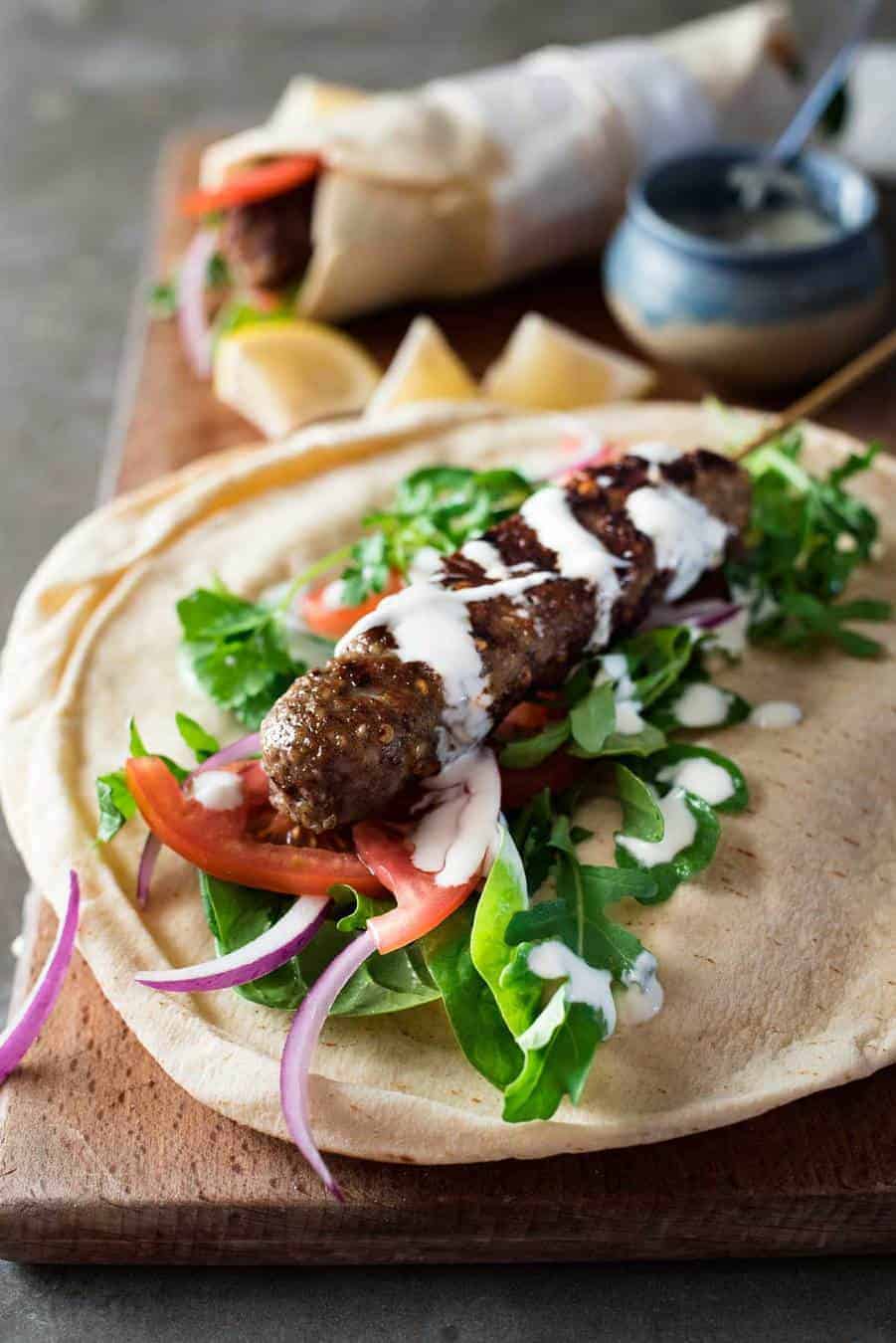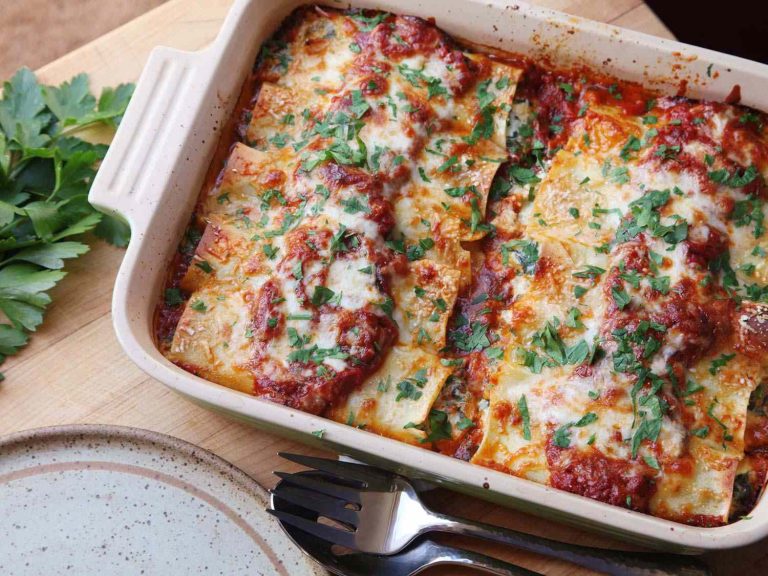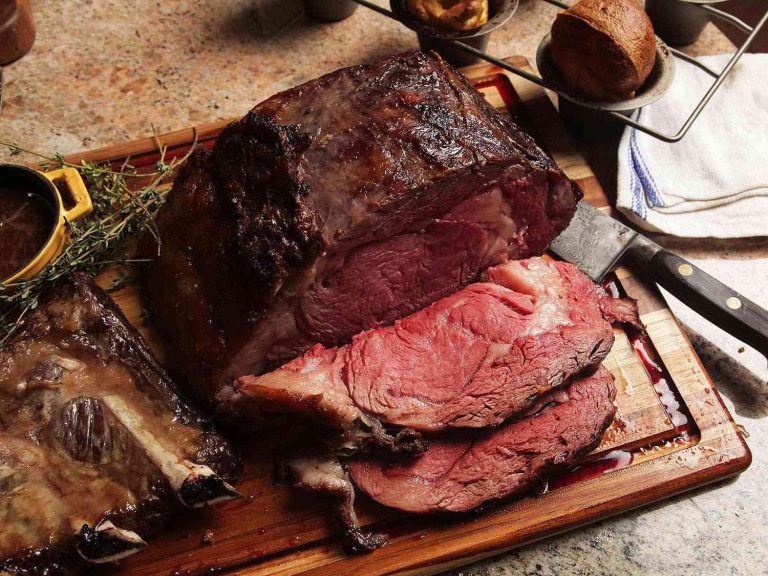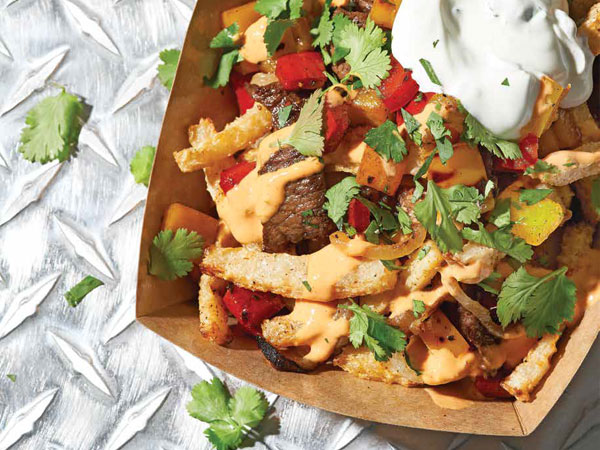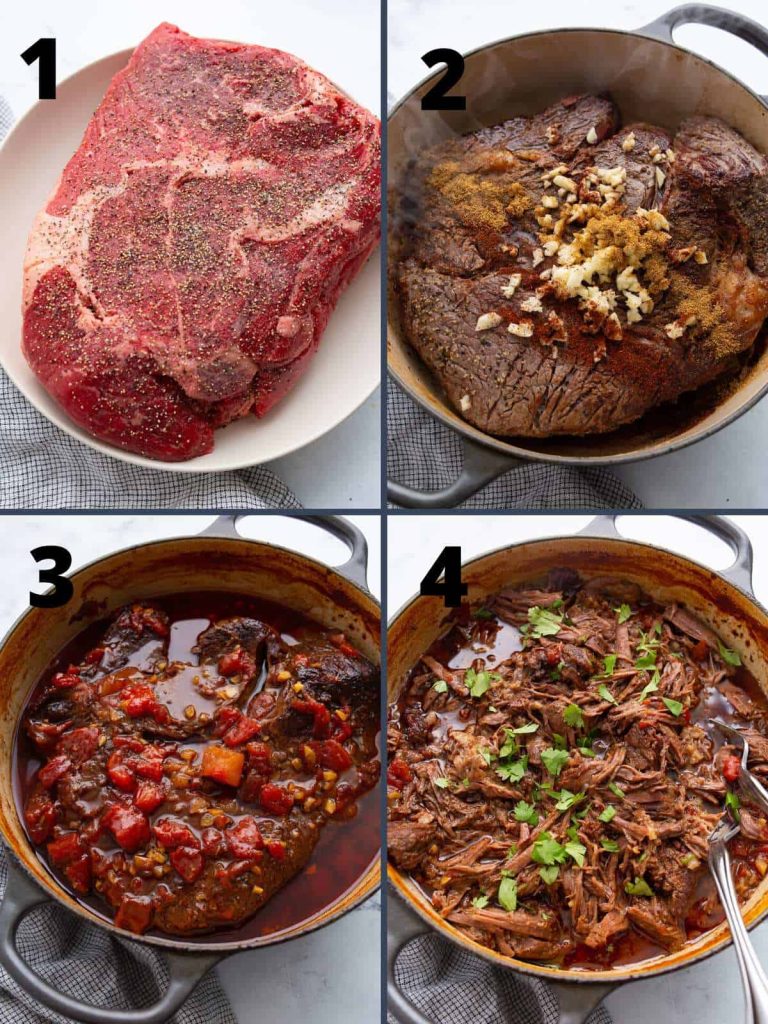Kofta Kebabs: Origins, Variations, and Health Benefits
Kofta kebabs have an ancient history, dating back to the Middle East, Persian, and Indian culinary traditions. Historical records indicate that variations of kofta appeared in cookbooks from Persia as early as the 9th century. These dishes often featured ground meat mixed with regional spices and herbs. Influences spread through trade and conquests, introducing kofta to different cultures, including Ottoman, Mughal, and North African societies.
Regional Variations
Kofta kebabs come in many varieties, each offering unique flavors and preparation methods.
- Middle Eastern Kofta: Typically made with lamb or beef, these kebabs often incorporate parsley, cumin, and onions. In countries like Lebanon and Syria, kofta kebabs are served with tahini sauce and pita bread.
- Persian Kofta: Known as “Kufteh”, Persian varieties use minced meat mixed with rice, split peas, and a medley of spices such as saffron and turmeric. These kebabs are frequently accompanied by a rich tomato sauce.
- Indian Kofta: Indian versions include diverse types like malai kofta and nargisi kofta. They often blend ground chicken or lamb with spices, nuts, and raisins. These koftas are usually served in flavorful curries.
- Turkish Kofta: In Turkey, kofta known as “Köfte” is popular. These kebabs combine lamb or beef with spices like paprika and mint. They are often grilled and enjoyed with a side of ayran (a yogurt drink).
Regional variations in ingredients and cooking techniques enhance the versatility of kofta kebabs, making them a globally celebrated dish.
Key Ingredients for Authentic Kofta Kebabs
Meats and Spices
Ground meats like lamb or beef form the base of traditional kofta kebabs. Lamb offers a rich, distinctive flavor, while beef provides a hearty texture. For a balanced taste, many recipes blend these meats in equal ratios.
Popular spices include cumin, coriander, and paprika. Cumin brings a nutty, warm essence, while coriander offers a citrusy note. Paprika adds color and a mild peppery flavor. Additionally, garlic and onions are common for their pungent aroma and depth of flavor.
Binding Agents and Additives
Binding agents are essential to maintain the shape of kofta kebabs. Bread crumbs or soaked bread slices are frequent choices, providing both moisture and consistency. Eggs also serve as a binding agent, enhancing the mixture’s cohesiveness.
Additives like fresh herbs and nuts amplify the flavor profile. Parsley and cilantro contribute a fresh, herbal touch, while pine nuts add a subtle crunch and richness. Yogurt can be included for tenderness and a slight tanginess in your kebabs.
Cooking Techniques for Perfect Kofta Kebabs
Grilling Vs. Baking
Grilling offers a smoky flavor that enhances the taste of kofta kebabs. Use a charcoal grill to achieve the best results. Preheat the grill to medium-high heat, ensuring even cooking. Turn kebabs regularly for an even char and to prevent burning.
Baking is an alternative that ensures consistent cooking. Preheat the oven to 375°F (190°C). Place the kebabs on a baking tray lined with parchment paper. Bake for 20-25 minutes, turning halfway through for uniform cooking.
Tips for Juicy and Flavorful Kebabs
To keep kofta kebabs juicy, incorporate fat into the ground meat mixture. Use lamb or add lamb fat to beef if possible. Blend spices like cumin, coriander, and paprika in the meat for rich flavors. Fresh herbs like parsley or cilantro enhance the aroma.
Mince onions and garlic finely to blend well with the meat. Use binding agents like breadcrumbs or eggs for tender kebabs. Avoid overmixing the meat to prevent tough kebabs.
Using a marinade with yogurt can tenderize the meat and add moisture. Chill the kebabs before cooking to help them hold their shape on the grill or in the oven.
Pairing and Serving Ideas
Traditional Side Dishes
Pairing kofta kebabs with classic sides complements their rich flavors. Serve with rice pilaf flavored with saffron and spices for a complete meal. Offer flatbreads like pita or naan to wrap around the kebabs. Include dishes like hummus, baba ghanoush, and tabbouleh to balance the spices’ warmth. Fresh salads with tomatoes, cucumbers, and olives add a refreshing contrast. Yogurt-based sides like tzatziki provide a cooling effect, enhancing the overall dining experience.
Modern Twists on Serving
For a modern spin, present kofta kebabs in different forms. Create kofta sliders using mini buns, adding toppings like pickled onions, arugula, and a spicy aioli. Construct kofta bowls with quinoa, roasted vegetables, and a tangy lemon-tahini sauce. Make kofta tacos with soft tortillas, garnished with avocado, pico de gallo, and cilantro-lime crema. These variations provide contemporary options, suitable for diverse culinary preferences.
Health and Nutritional Aspects
Caloric Content Overview
Kofta kebabs provide a balanced profile of macronutrients. Variations include beef, lamb, chicken, and vegetarian versions using legumes. Beef and lamb-based koftas generally offer higher calorie counts, approximately 200-250 calories per 100 grams. Chicken koftas are leaner, ranging between 150-180 calories for the same serving size. Vegetarian koftas, made with chickpeas or lentils, typically range from 120-170 calories per 100 grams.
Potential Health Benefits
Consuming kofta kebabs supplies essential nutrients. Rich in protein, this dish helps in muscle repair and satiety. Animal-based koftas offer essential amino acids, while vegetarian options provide dietary fiber, aiding in digestion. The spices used, such as cumin and coriander, are known for anti-inflammatory properties, which support overall health. Additionally, grilling as a cooking method retains more nutrients while reducing fat content compared to frying.
Conclusion
Kofta kebabs offer a delightful fusion of flavors and textures, making them a versatile dish for any occasion. Whether you prefer traditional recipes or creative modern twists, there’s a kofta kebab variation to suit your taste. From the rich protein content to the health benefits of the spices used, these kebabs are not only delicious but also nutritious.
Grilling them enhances their flavor while retaining essential nutrients and reducing fat content. So next time you’re looking to elevate your meal, consider making kofta kebabs to enjoy a healthy, flavorful, and satisfying dish.
